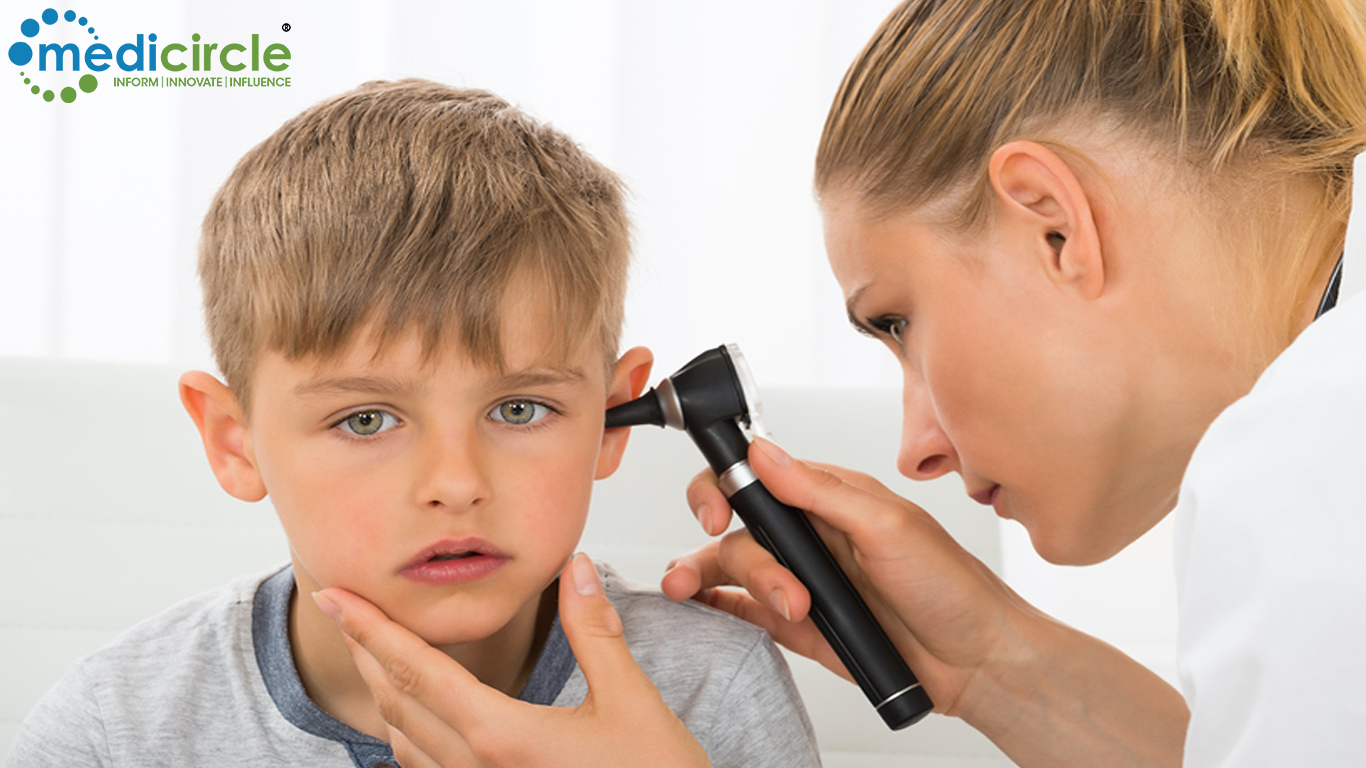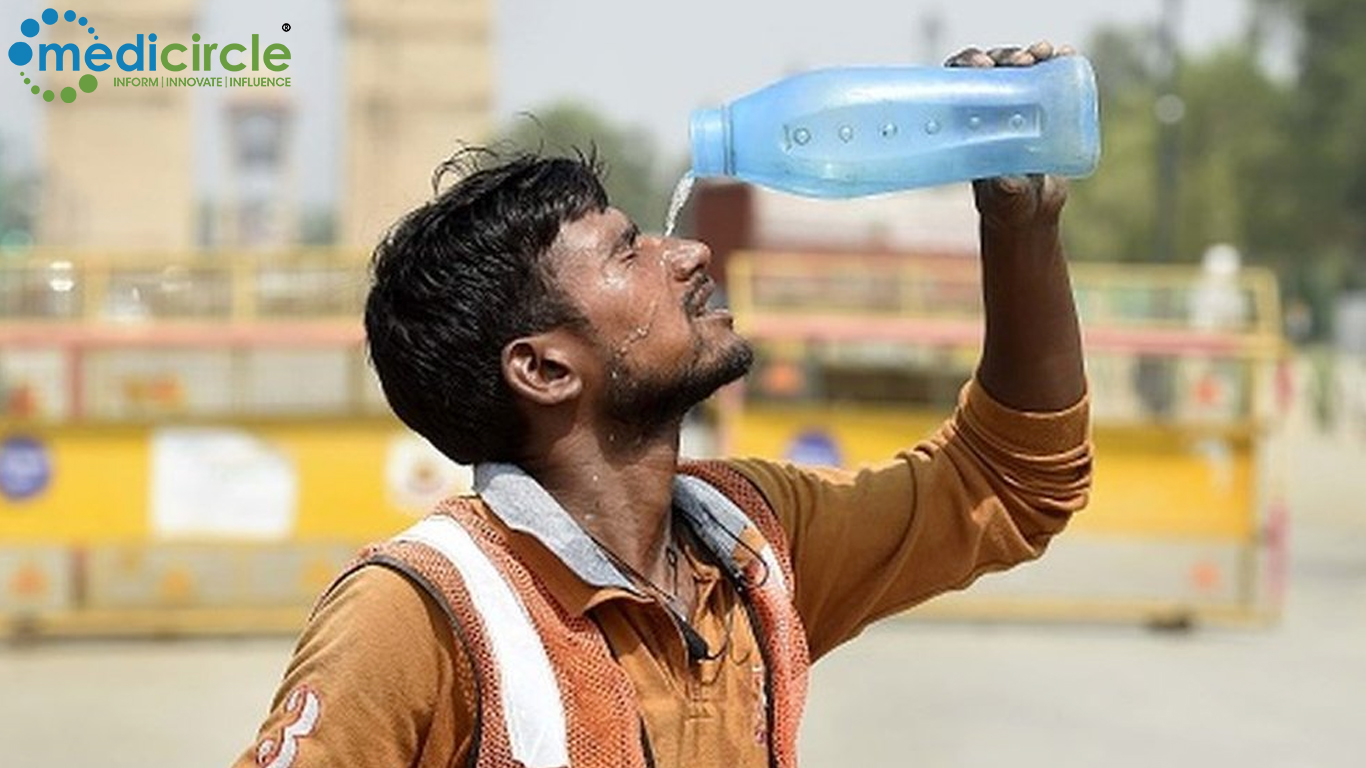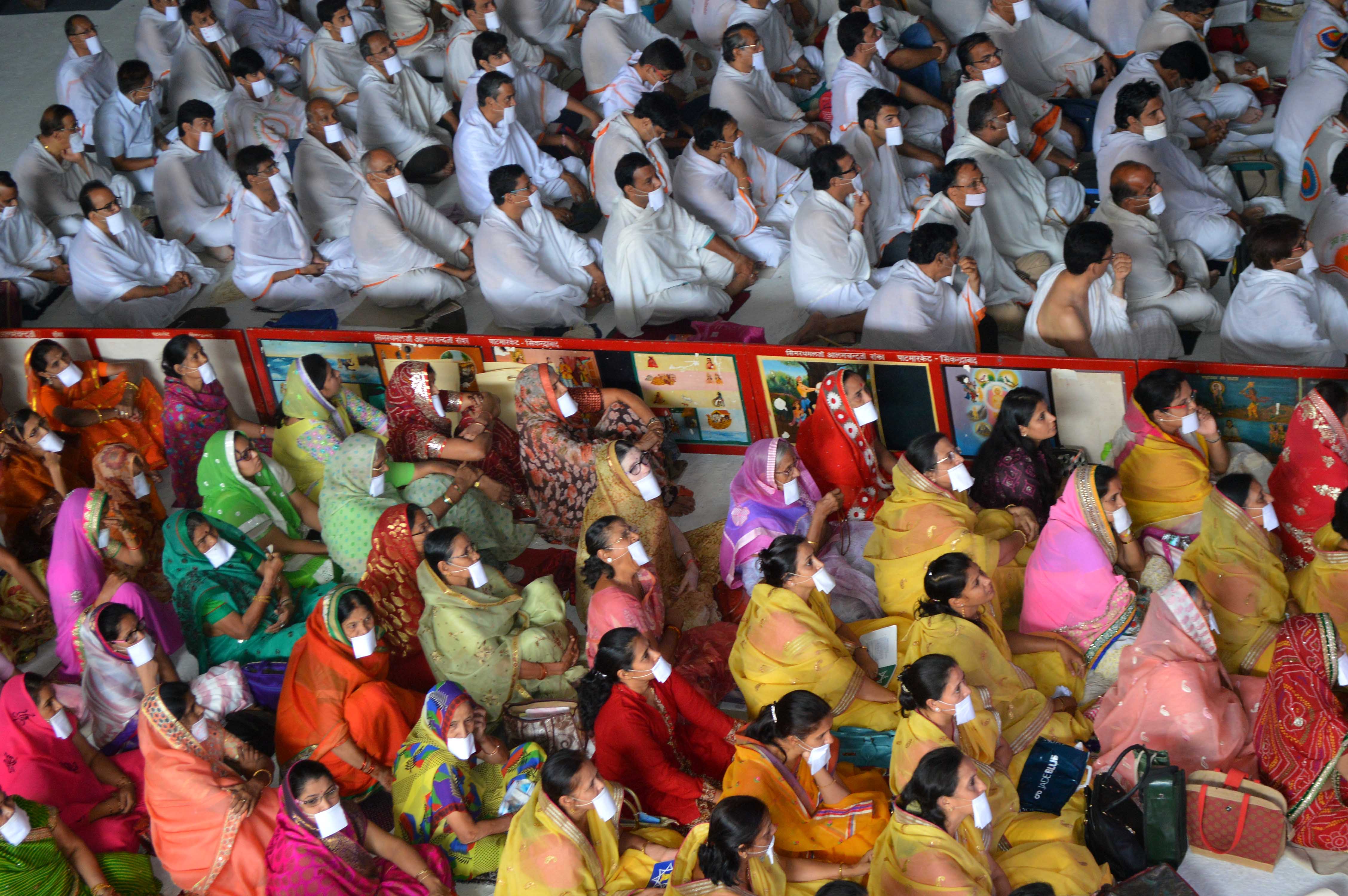The philosophy of labour and delivery care, and the recommended World Health Organization (WHO) approach, have developed significantly in the last decades.
The recognition that every birth is unique is now a cornerstone of 2018 WHO recommendations on intrapartum care for a positive childbirth experience.
Over one-third of maternal deaths, half of the stillbirths and a quarter of neonatal deaths result from complications during labour and childbirth. The majority of these deaths occur in low-resource settings and are preventable through timely interventions. Knowing when to wait - and when to take life-saving action - is critical.
What is the new Labour Care Guide?The WHO Labour Care Guide is a new tool, which puts the WHO recommendations on intrapartum care into practice. It helps skilled health personnel to provide woman-centred, safe and effective care and to optimize the outcome and experience of childbirth for every woman and baby.
Launched alongside the WHO Labour Care Guide User’s Manual, the tool promotes a person-centred approach to monitoring a woman’s and her baby’s health and well-being from the active first stage of labour to end of the second stage of labour.
This creates positive feedback and decision-making loop, as health personnel are encouraged to regularly:
assess the well-being of the woman and her baby record their observations check for signs that breach thresholds for health and well-being as labour progresses plan what care may be required, in consultation with the woman.The Guide and Manual recognize that every birth is unique - from a woman’s personal experience of care to the speed at which her labour progresses.
“The new WHO Labour Care Guide strengthens the relationship between women and their healthcare providers during labour and childbirth, improving both individual experience and clinical outcome. It is a practical tool for a new era of maternal health, where women’s values and preferences are at the centre of their own care,” says Mercedes Bonet, Medical Officer in the WHO Department of Sexual and Reproductive Health and Research, including HRP, UNDP/UNFPA/UNICEF/WHO/World Bank Special Programme of Research, Development and Research Training in Human Reproduction.
Beyond the partograph
The Labour Care Guide revises and replaces the traditional WHO partograph, a labour monitoring tool which is now inconsistent with the latest evidence about labour duration, triggers for clinical interventions and the importance of respectful maternity care.
Many women do not experience labour that fits the expected rate of the original WHO partograph. For instance, there is no evidence supporting the use of a cervical dilatation rate of 1 cm/hour as a screening tool to trigger medical interventions or referral.
Instead, the Labour Care Guide includes updated, evidence-based reference ranges of labour progress. By recording and reviewing their observations against these references, health personnel are encouraged to think critically, avoid unnecessary interventions and act on warning signs.
They can also include each woman in decision-making about her own labour, part of the Labour Care Guide’s emphasis on the importance of a woman and her baby’s experiences of childbirth.
A revolution in maternal health quality of careThe Labour Care Guide has been evaluated in six countries, using a mixed-methods study recently published in BIRTH. It was found to be feasible and acceptable for use across different clinical settings, promoting woman-centred care and improving outcomes.
“Using the Labour Care Guide, we show more care to our patients than before, we provided them with what they needed. So we had fewer complications and fewer interventions [due to] early detection and decision making,” explained a midwife, who evaluated the tool in Nigeria.
Achieving the best possible physical, emotional, and psychological outcomes for every woman and child requires health systems to support a model of person-centred care which both empowers the user and enables health personnel.
In this way, the Labour Care Guide is much more than a technical tool for monitoring labour progress. It represents revolutionary steps towards evidence-based, individualized labour care.

 WHO and HRP launch the Labour Care Guide to improve every woman’s experience of childbirth, and to help ensure the health and well-being of women and their babies.
WHO and HRP launch the Labour Care Guide to improve every woman’s experience of childbirth, and to help ensure the health and well-being of women and their babies.






















.jpeg)









